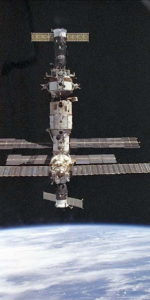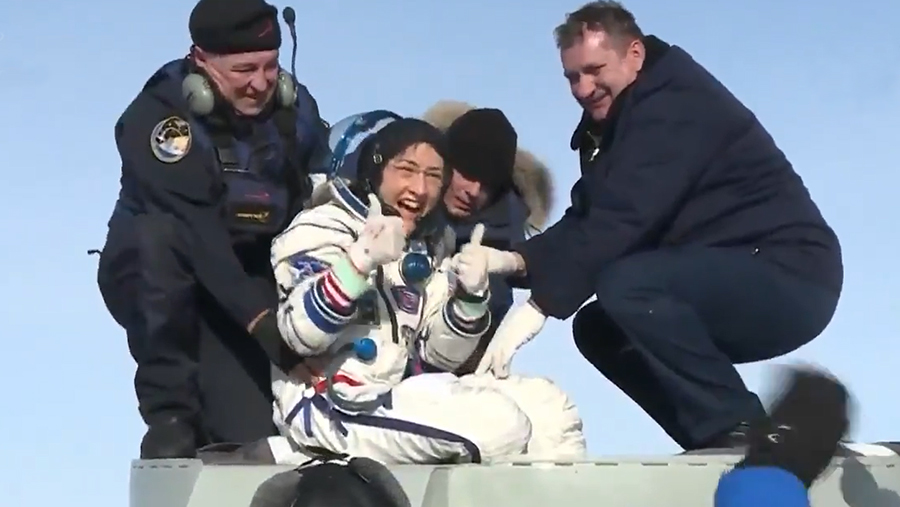
A new record for the longest single space mission ever undertaken by a woman was triumphantly set earlier today (Thursday, 6 February), when NASA’s Christina Koch returned safely to Earth aboard Soyuz MS-13, a few weeks shy of a full year since she left Earth for her off-planet home on the International Space Station (ISS).
Flying shoulder-to-shoulder with seasoned Russian cosmonaut Aleksandr Skvortsov and Italy’s most experienced astronaut Luca Parmitano, Koch touched down near Dzhezkazgan in Kazakhstan at 3:12 p.m. local time (4:12 a.m. EST) to complete a voyage of 328 days, in which she orbited Earth 5,248 times, a journey of 139 million miles, roughly the equivalent of 291 trips to the Moon and back.
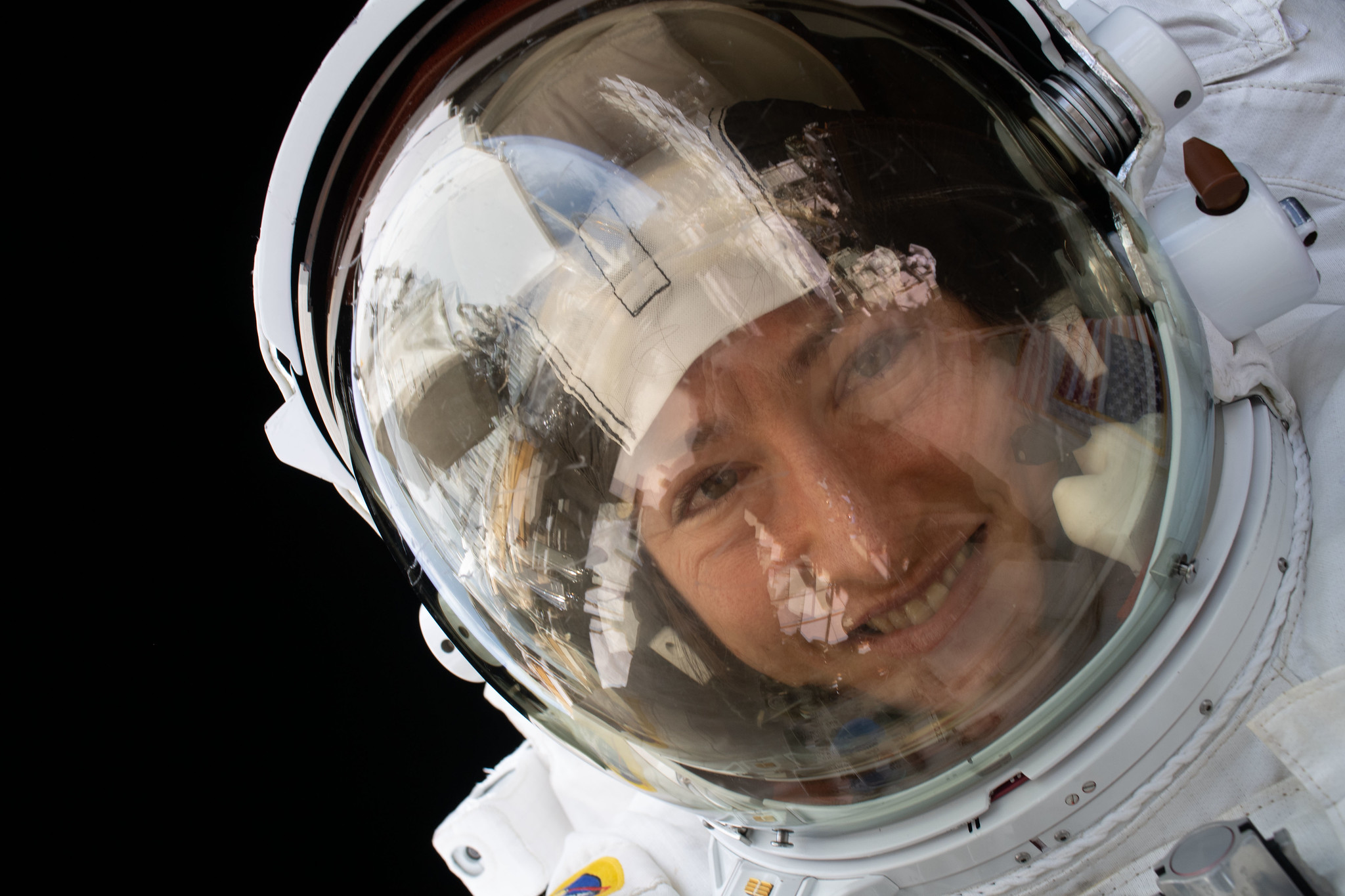
In doing so, she surpasses Peggy Whitson, the previous single-mission female record-holder and establishes herself in seventh place on the list of most experienced U.S. spacefarers, slightly ahead of fellow astronaut Suni Williams. And more significantly, she set this record on the very first mission of her astronaut career.
Selected as a member of NASA’s 2013 astronaut class—the first-ever to include a 50-50 representative split between men and women—Koch completed her initial training two years later. She launched to space last 14 March aboard Soyuz MS-12, joined by Russia’s Alexei Ovchinin and NASA astronaut Nick Hague, who had themselves been “recycled” from the harrowing Soyuz MS-10 launch abort in October 2018. As detailed by AmericaSpace, plans were afoot even before Koch’s launch that she might undertake an expedition longer than the nominal six months, partly due to the need to open up a seat in the returning Soyuz MS-12 descent module for United Arab Emirates (UAE) astronaut Hazza al-Mansouri at the end of his eight-day flight in October 2019. Official confirmation of the mission extension for Koch was made by NASA in April 2019.
During the course of almost 11 months in space, she performed six spacewalks—totaling 42 hours and 15 minutes, including the historic first-ever all-female Extravehicular Activity (EVA) and establishing her as the third most experienced woman spacewalker, after Whitson and Williams—and supported around 210 research investigations aboard the International Space Station (ISS). Koch’s time aloft has spanned three discrete expeditions and she spent time with 11 crewmates, including spacefarers from Canada, Italy and the UAE.
Koch’s landing after 328 days falls just a dozen days shy of the empirical single-flight U.S. record of 340 days, set by former shuttle and ISS commander Scott Kelly at the end of his year-long mission in March 2016. And whilst most station crews spend an average of between six and seven months aboard the sprawling multi-national outpost, just a handful—Kelly, Whitson, Russian cosmonaut Mikhail Kornienko and Koch herself—have gone on to undertake longer stays approaching a full year. In the cases of both Whitson and Koch, they were informed of their mission extensions whilst on-orbit.
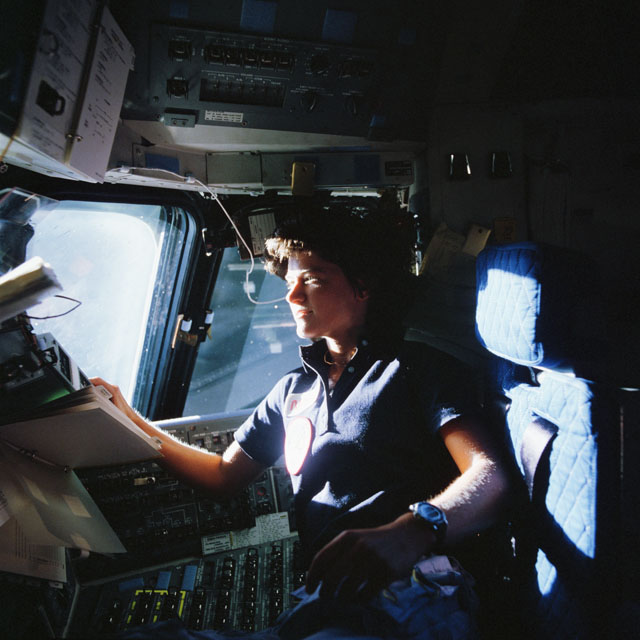
Women, of course, have been busily setting records off-Earth for almost six decades, ever since Soviet cosmonaut Valentina Tereshkova—the “ordinary” factory worker who went on to accomplish one of the 20th century’s most “extraordinary” feats—became the first female spacefarer aboard Vostok 6 in June 1963. She still holds the record for having completed the only solo female space mission.
But Tereshkova’s flight was part of a cynical political campaign of “space stunts” and one-off spectaculars. Not until August 1982 and the flight of Svetlana Savitskaya aboard Soyuz T-7 to the Salyut 7 space station would another Soviet woman voyage into space. Savitskaya went on to become the first woman to log two missions when she flew aboard Soyuz T-12 in July 1984, becoming the world’s first female spacewalker in the process. She might have gone on to fly the first all-female space mission, another political stunt timed to coincide with International Women’s Day in early 1986, but it was ultimately canceled.
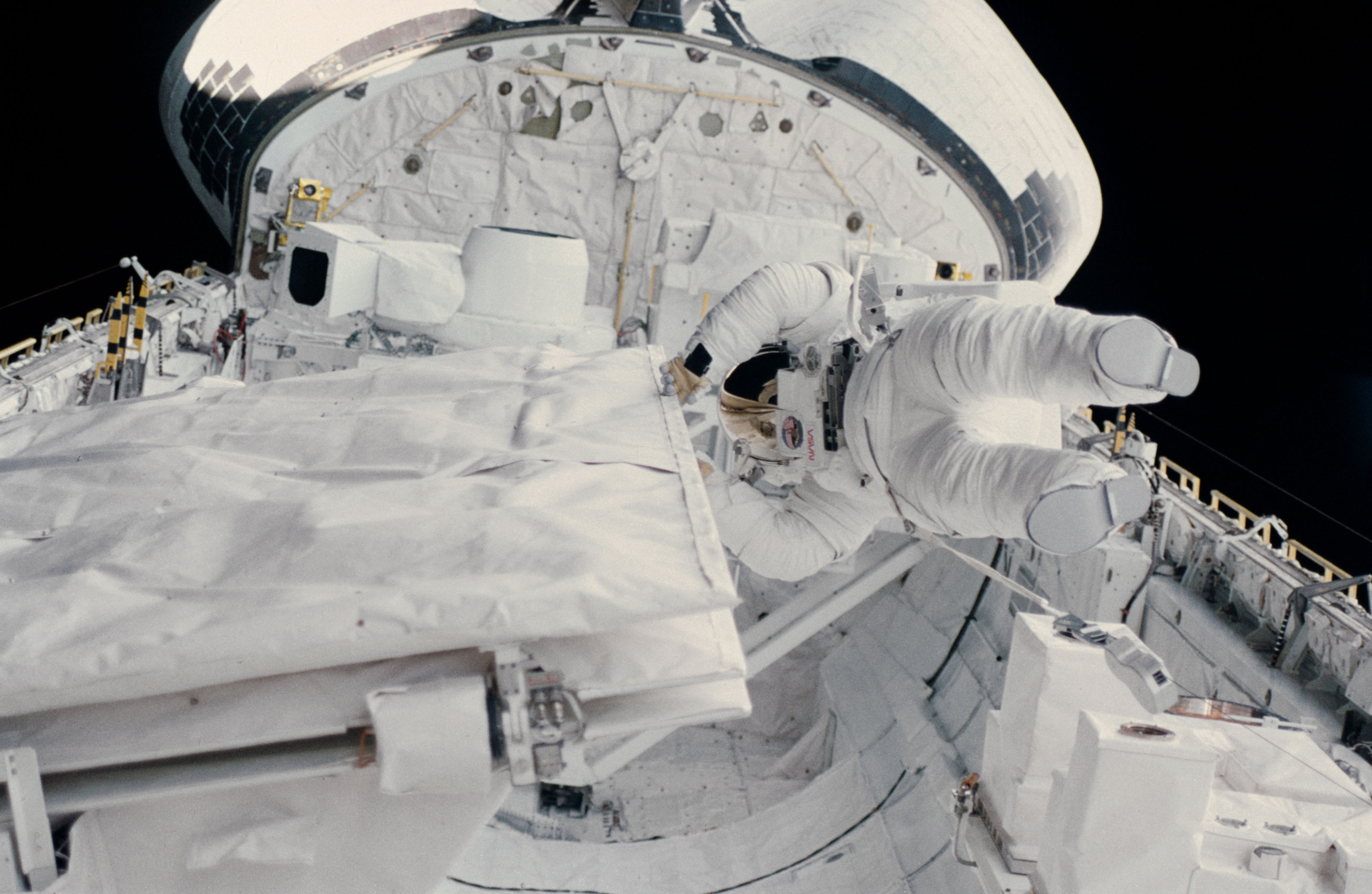
By the time Savitskaya flew, America had selected a group of six women as part of its first class of shuttle-era astronauts. In June 1983 aboard Challenger for STS-7, Sally Ride became the first U.S. woman in space and on STS-41G in October 1984 she flew a second time, joining Kathy Sullivan who performed America’s first female spacewalk. But whereas Russia has seen few of its own female spacefarers—Yelena Kondakova became the first woman to log a long-duration mission on Soyuz TM-20 to the Mir space station from October 1994 through March 1995, whilst Yelena Serova did likewise to the ISS during Expeditions 41 and 42 from September 2014 through March 2015—the United States and other nations have gone much further.
In addition to Russia and America, Canada’s Roberta Bondar, Japan’s Chiaki Mukai, France’s Claudie Haigneré, China’s Liu Yang and Italy’s Samantha Cristoforetti have become their nation’s first female spacefarers, whilst Britain’s Helen Sharman and South Korea’s So-yeon Yi represent the only sovereign nations to have had a woman as their first national space traveler. The United States has seen Peggy Whitson become the first woman to command a space station, whilst Susan Helms logged a joint record for the world’s longest spacewalk and Susan Still-Kilrain and the late Janice Voss hold the torch for the shortest interval between two space missions by female astronauts.
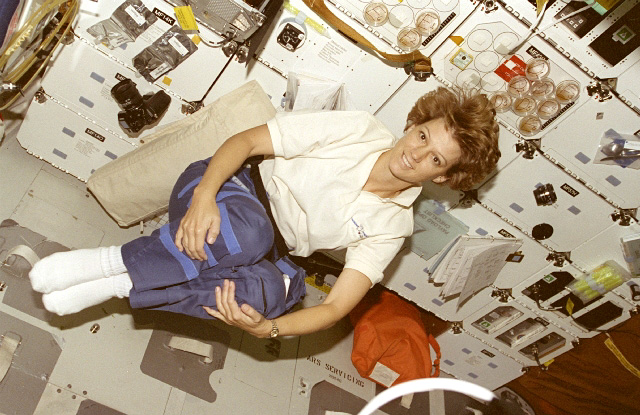
By remarkable happenstance, Koch’s landing comes exactly 25 years to the week since Eileen Collins became the first female shuttle pilot on STS-63, as recently outlined in an AmericaSpace weekend history article. And with her Expedition 61/62 crewmate Jessica Meir—who participated in the world’s first three all-female spacewalks—slated to remain aboard the ISS through April 2020 and the 2013 astronaut class becoming the first in history to have a 50-50 representative split between men and women it can be expected that many more records will be set in years to come.
.
.
FOLLOW AmericaSpace on Facebook and Twitter!
.
.




